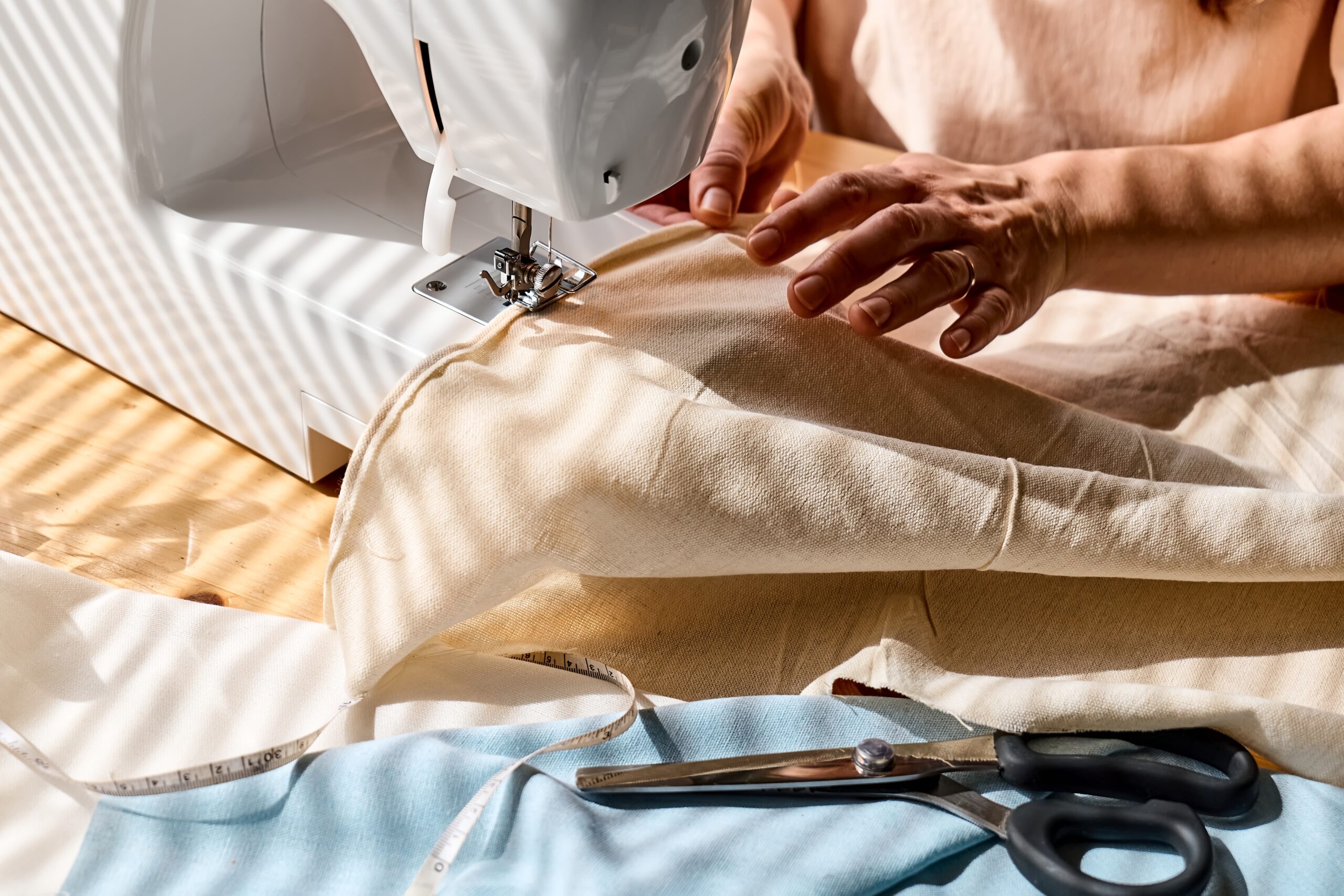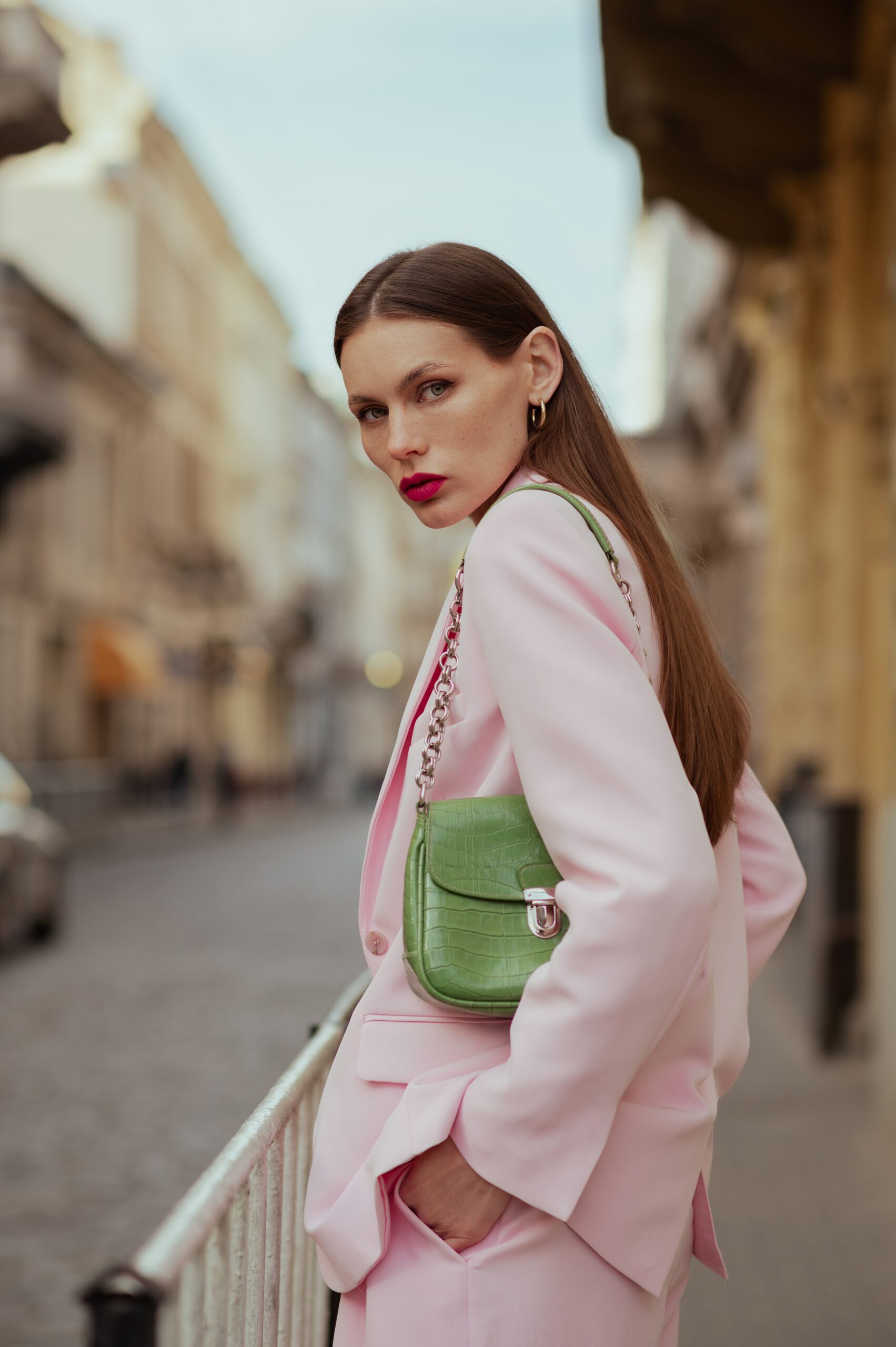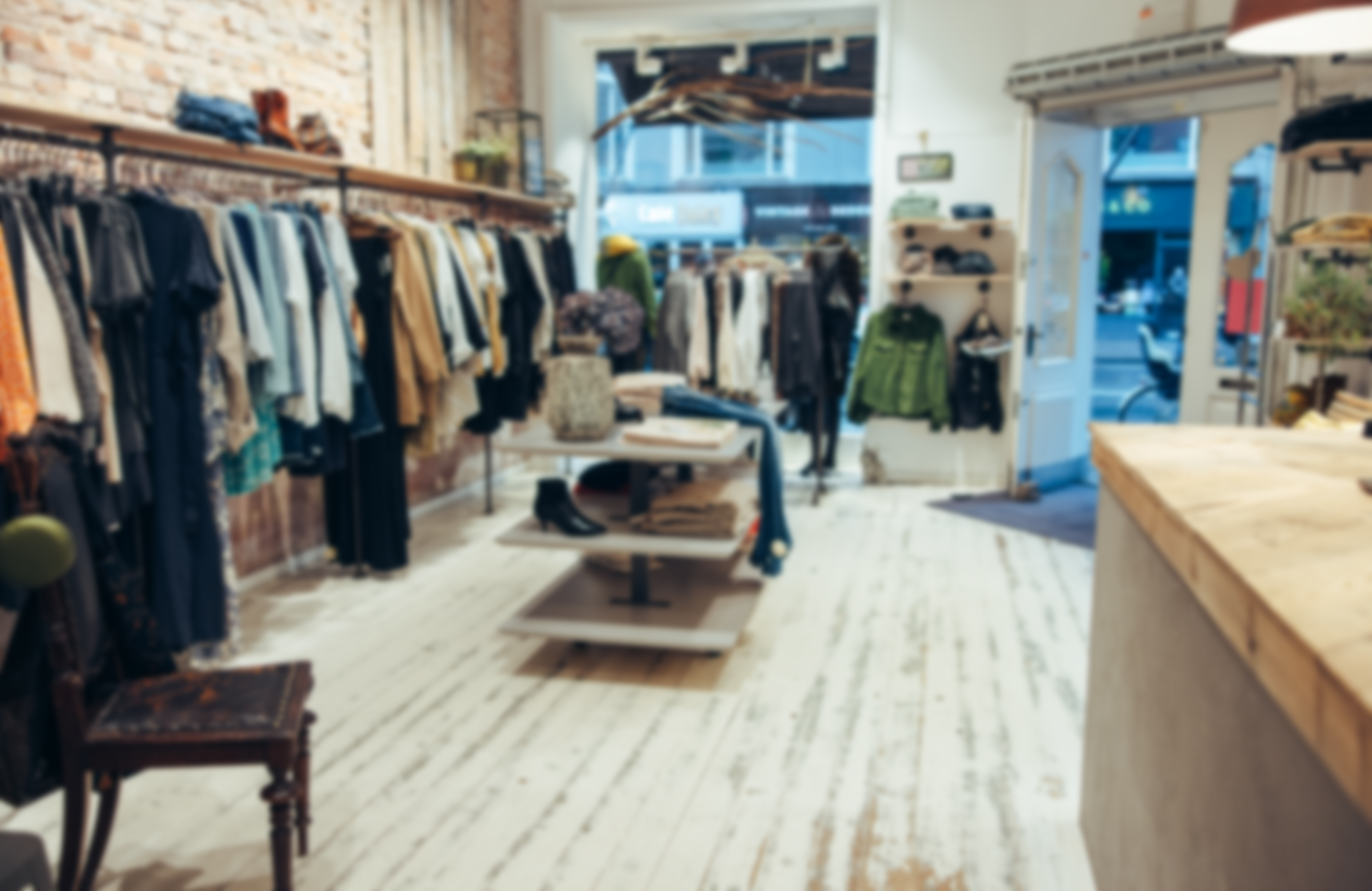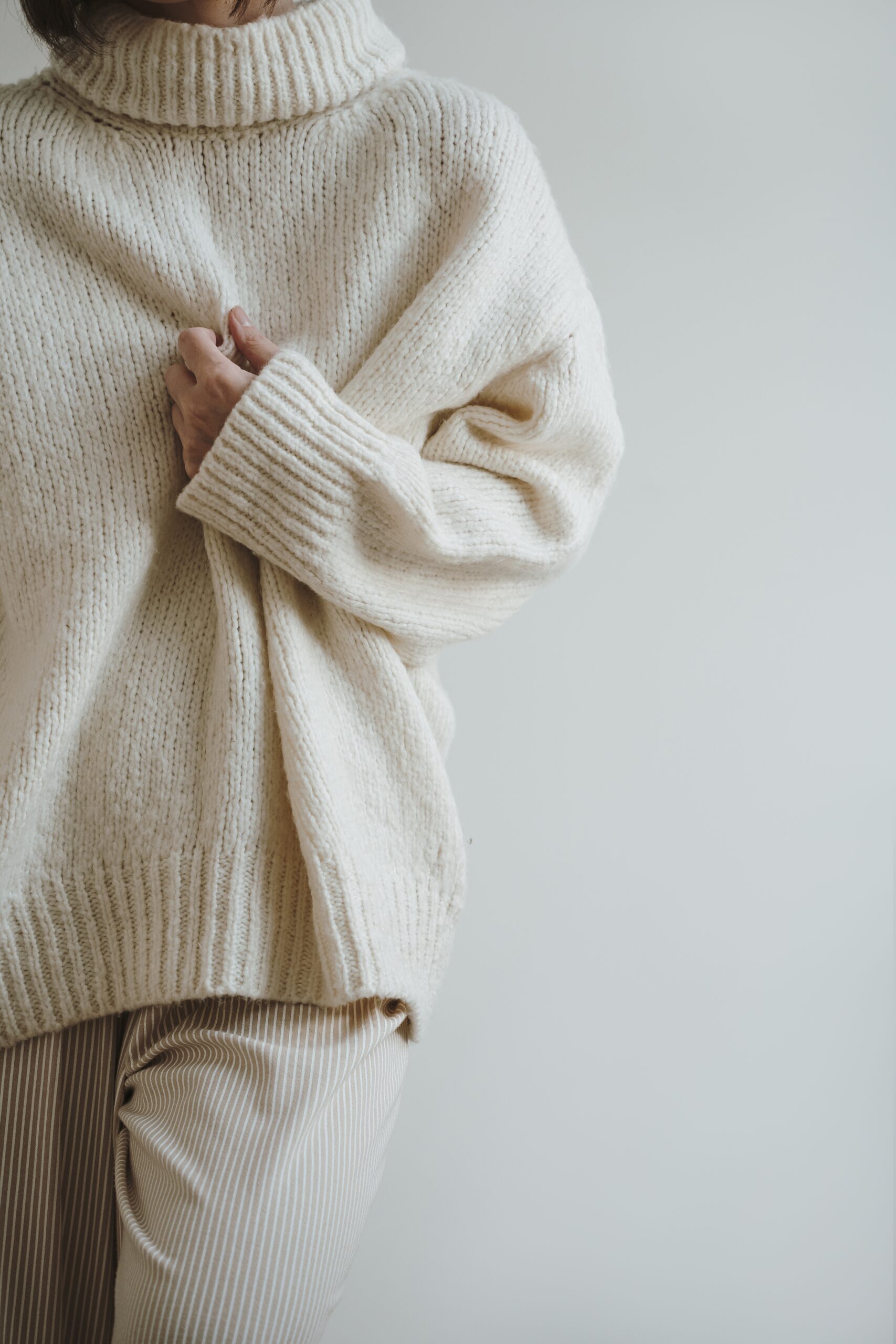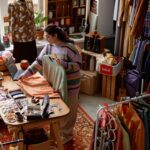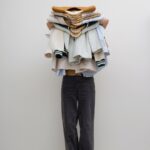Personal style isn’t about having a designer wardrobe or following the latest trends. It’s about knowing what makes you feel confident, authentic, and comfortable—and expressing that through your clothes.
This guide will walk you through how to discover your personal style without spending a fortune or throwing everything you own into donation bags. You’ll learn how to work with what you already have, get inspired (without getting overwhelmed), and develop a style that’s truly your own.
Outline
- Introduction
- Why Personal Style Matters (More Than Trends)
- Step 1: Audit Your Favourite Outfits
- Step 2: Identify Repeating Patterns and Pieces
- Step 3: Explore Style Inspiration—The Smart Way
- Step 4: Define Your Style Keywords
- Step 5: Shop Your Own Wardrobe
- Step 6: Fill in the Gaps (If Needed)
- Step 7: Create a Go-To Outfit Formula
- Final Thoughts
Introduction
Ever stand in front of your wardrobe thinking, “I have nothing to wear”—even though it’s full?
Chances are, it’s not about quantity. It’s about clarity.
Discovering your personal style is like turning down the noise of trends and tuning into you.
And the best part? You don’t need to buy anything new to get started.
Why Personal Style Matters (More Than Trends)
Fashion changes, but style is personal.
Knowing your style:
- Saves time and money
- Helps you shop with purpose
- Builds confidence
- Reduces decision fatigue
- Makes getting dressed feel fun (not stressful)
It’s not about labels—it’s about self-expression.
Step 1: Audit Your Favourite Outfits
Start by pulling together 5–10 outfits you actually love wearing.
Ask yourself:
- What do I wear on repeat?
- When do I feel most confident and comfortable?
- What items make me smile when I put them on?
Tip: Don’t just think about special occasions—focus on the everyday wins.
Step 2: Identify Repeating Patterns and Pieces
Now, analyse those outfits.
Look for patterns in:
- Silhouettes: Oversized vs fitted, cropped vs longline
- Textures: Linen, denim, knitwear, leather
- Colours: Do you lean warm or cool? Neutrals or bold tones?
- Accessories: Minimal or statement? Gold or silver?
You might notice you gravitate towards:
- Neutral tones with gold jewellery
- High-waisted trousers and tucked-in tops
- Floaty dresses with ankle boots
These details are style clues—your own fashion fingerprint.
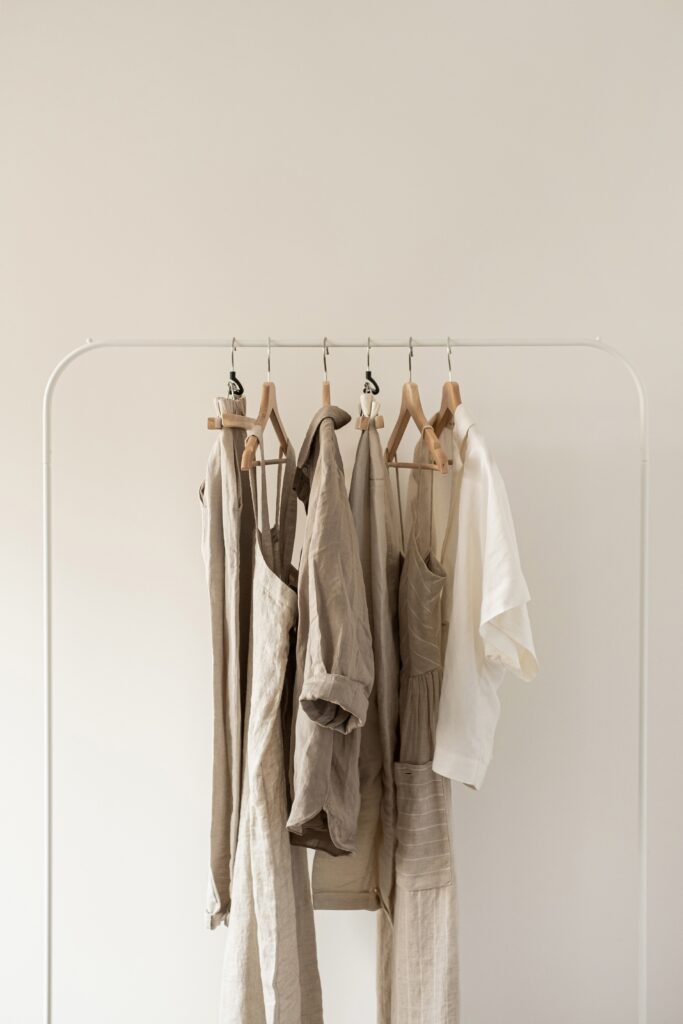
Step 3: Explore Style Inspiration—The Smart Way
Pinterest, Instagram, fashion blogs and magazines are packed with inspiration—but they can also be overwhelming.
Try this:
- Create a Pinterest board called “My Style”
- Pin 20–30 outfits you love
- Don’t think about practicality—just go with what draws you in
- Then review your board to spot repeating themes
Are you into Parisian chic? Scandi minimalism? Retro streetwear? Let your visual instincts guide you.
Step 4: Define Your Style Keywords
Boil it all down into 3–5 words that describe your ideal style.
Examples:
- “Relaxed, earthy, minimal, timeless”
- “Bold, structured, modern, luxe”
- “Feminine, effortless, vintage-inspired”
- “Edgy, monochrome, clean, urban”
These keywords become your personal style compass—to guide you when shopping, decluttering, or outfit planning.
Step 5: Shop Your Own Wardrobe
Now that you’ve got clarity, go back to your wardrobe with fresh eyes.
Ask:
- Which pieces align with my keywords?
- What have I ignored that actually fits my style?
- Can I mix and match in new ways?
Sometimes the best “new” outfit is one you’ve owned for years.
Create a few favourite outfit combinations based on your current pieces—take photos of the ones you love to make future dressing easy.
Step 6: Fill in the Gaps (If Needed)
If you spot obvious gaps (e.g. you love layering but don’t own a blazer), make a short wishlist. Be intentional.
Try this:
- Create a budget
- Prioritise quality over quantity
- Consider second-hand, vintage, or rental for unique pieces
- Avoid buying anything that doesn’t align with your keywords
Shopping with a plan = fewer regrets and more long-term satisfaction.
Step 7: Create a Go-To Outfit Formula
An outfit formula is a combo you love that always works.
Examples:
- High-waisted jeans + white tee + oversized blazer
- Midi dress + ankle boots + denim jacket
- Wide-leg trousers + ribbed vest + chunky necklace
These formulas make everyday dressing faster and easier, especially when you’re short on time or inspiration.
Final Thoughts
Finding your personal style isn’t about becoming someone else. It’s about becoming more of yourself—with confidence.
In summary:
- Notice what you love wearing
- Spot themes in your current wardrobe
- Use inspiration wisely
- Define your style in your own words
- Build outfits from what you already own
- Shop with intention—not impulse
- Enjoy expressing yourself through clothes
Style is a journey, not a destination. And yours? It’s already unfolding—one outfit at a time.



